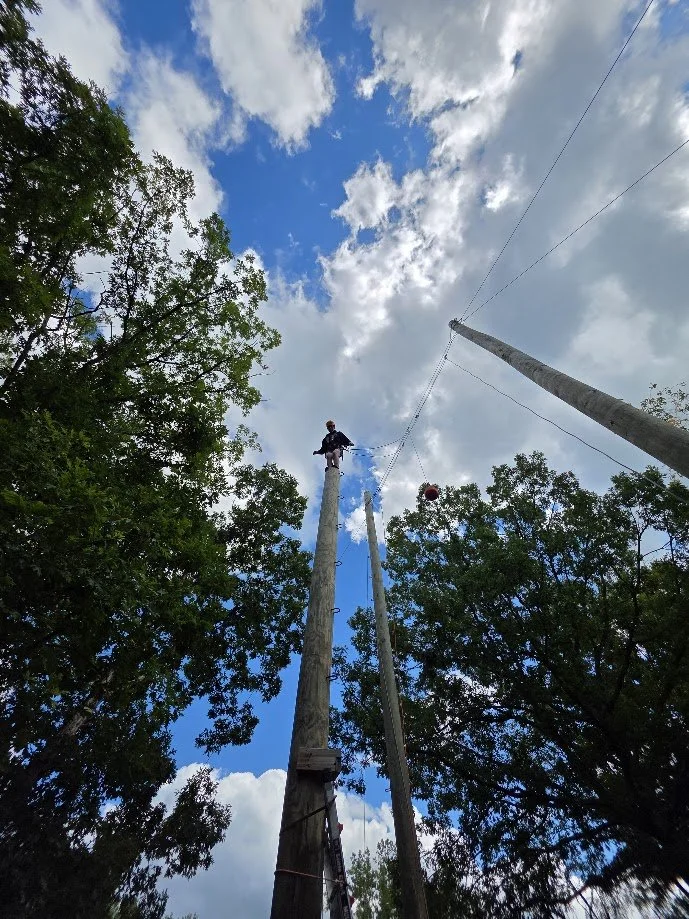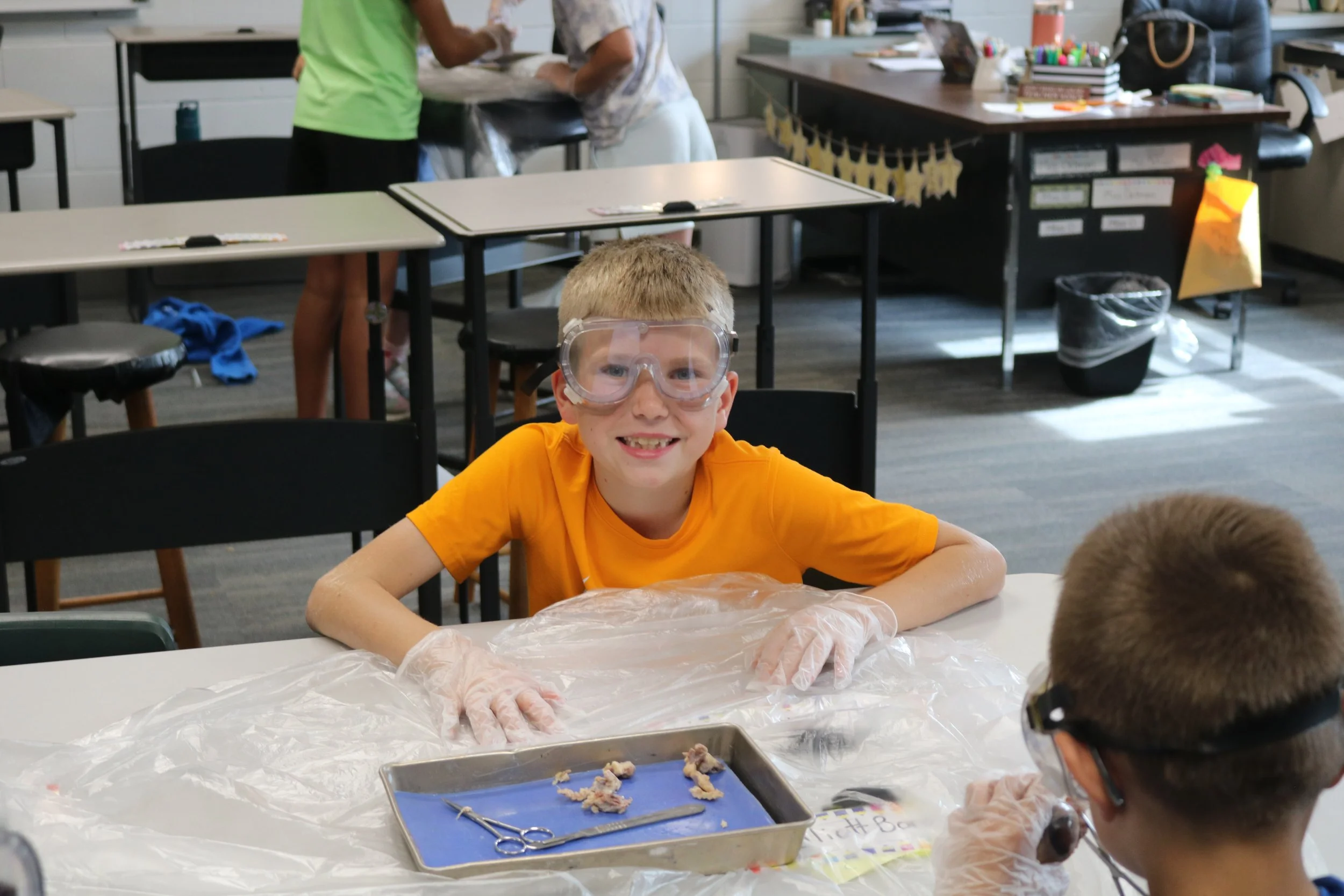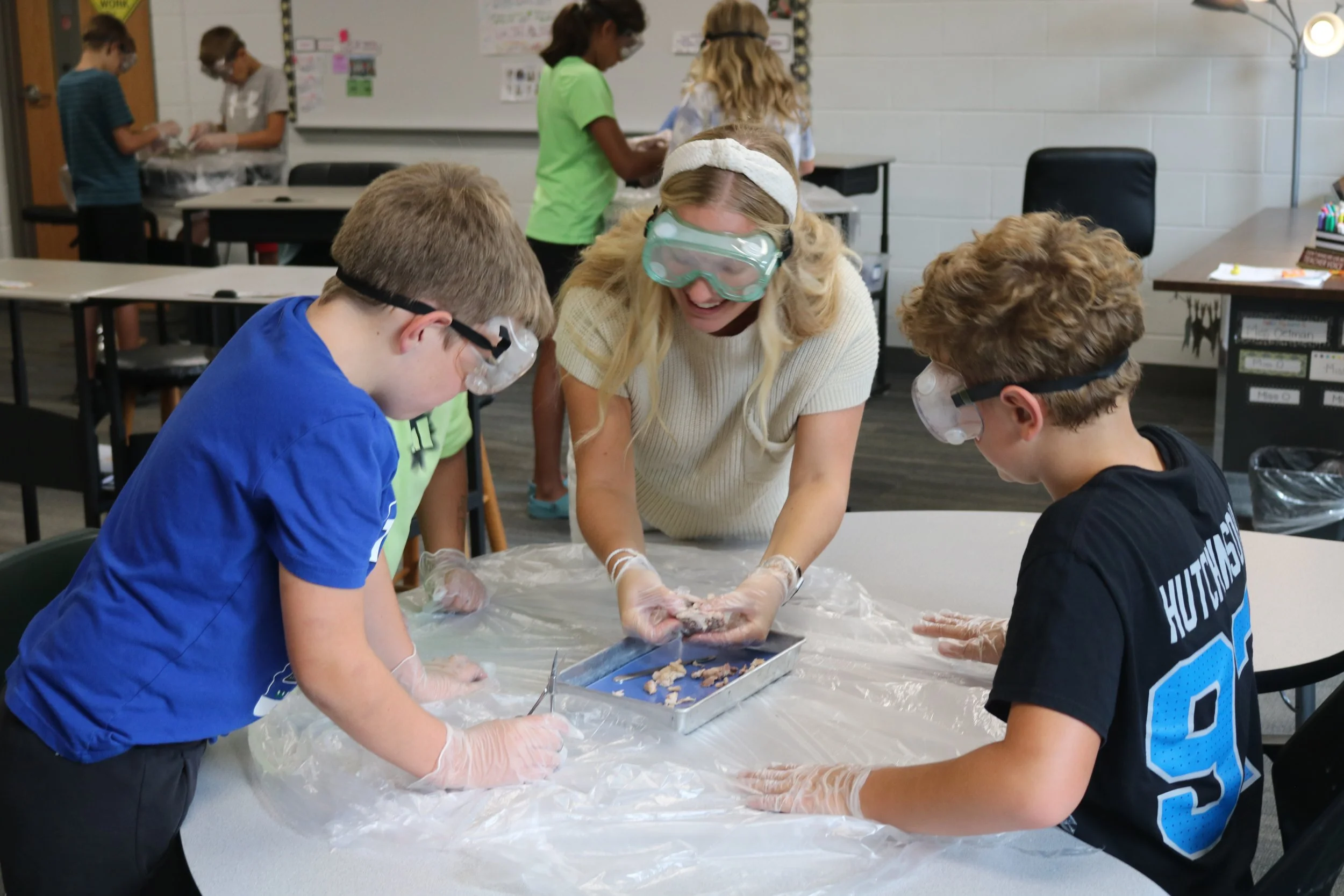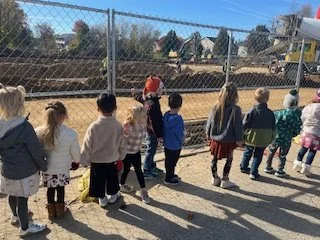Snapshots of life at BCCS and why it is a great place to learn!
Storyline in Music
Miss Davis shares her love of music with nearly all our students, teaching both Music and Choir. Her storyline “Why Worship?” invites students to reflect more deeply on their participation and motivation. Here are a few thoughtful middle school reflections on "Why Worship?":
-I worship because God heals and even when I’m in my lowest of lows, God takes me to the highest of highs.
-I worship because I have a God who deserves everything we can give Him
-I worship because it’s my time with God and a way to get away from the world.
-I worship because it's the least I can do to thank God for saving me.
-I worship because God held my hand through my hardships and troubles
Social Studies Past and Present
Early this trimester, BCCS parent, veteran, and author Ron Jansen visited our eighth-grade classrooms to share about his time serving in the United States Marine Corps. Mr. Jansen not only offered powerful stories from his service but also reminded our students of the importance of supporting veterans within our community. While daily activities such as conducting research, reviewing primary sources, and creating fictional soldiers engaged learners, his message connected to our students’ study of the Civil War and their 60-Year Learning Targets of recognising that all people are made in God’s image and demonstrating courage and grace in serving others.
We’re so grateful to Mr. Jansen for his service and for inspiring our students to learn, reflect, and live out their faith in meaningful ways!
Math Counts
We are grateful to New Lift Thrift Store for many reasons! Early this month, it was because our students were able to visit as an extension of their math learning. Sixth-grade students are using their understanding of percentages and proportions to find the savings realized by shopping at New Life Thrift Store. They compared the prices of used clothes to those of new ones. They talked about the importance of reusing. And they also volunteered at the store as members of the community!
